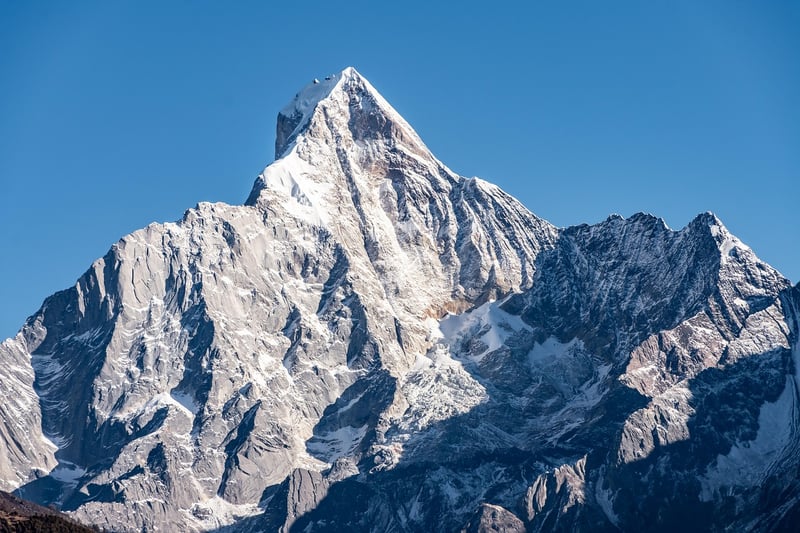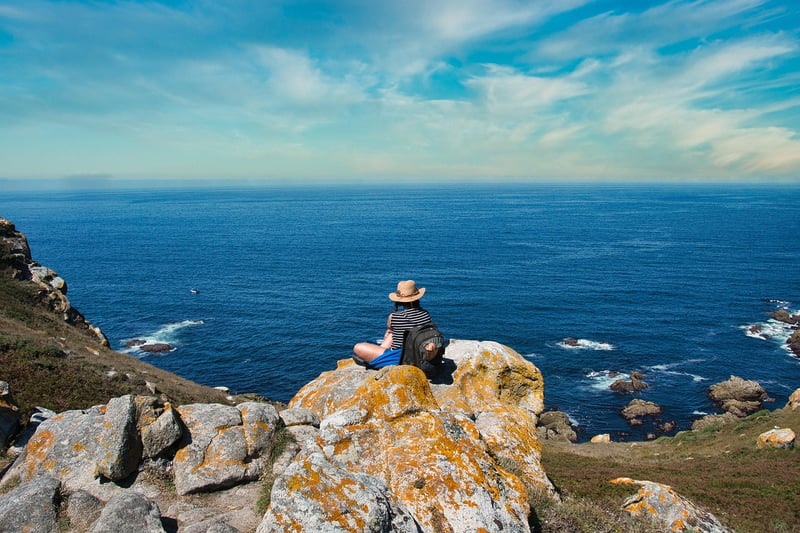Route Planning
Useful Advice for Adventurers
Introduction
Embarking on an adventure can be an exhilarating experience, whether you're exploring a new city, hiking through the wilderness, or traveling to a far-off destination. To make the most of your adventures and stay safe along the way, here are some essential tips and advice to keep in mind.
1. Do Your Research
Before setting off on any adventure, it's crucial to do your research. Learn about the destination, understand the local customs, know the weather conditions, and familiarize yourself with any potential risks. This will help you plan effectively and stay prepared for any situation.
2. Pack Wisely
When packing for your adventure, make sure to pack light but smart. Bring essential items such as a first aid kit, water, snacks, appropriate clothing, and any necessary gear for your activity. It's also a good idea to carry a map, compass, or GPS device for navigation.
3. Stay Hydrated and Energized
Whether you're hiking, biking, or exploring a new city on foot, it's important to stay hydrated and energized. Carry an adequate supply of water and snacks to keep yourself nourished throughout your adventure. Listen to your body and take breaks when needed.
4. Respect Nature and Local Culture
When adventuring in natural spaces or new cultures, always respect the environment and local customs. Leave no trace, follow designated trails, and be mindful of your impact on the surroundings. Respect the local culture, traditions, and people you encounter along the way.
5. Safety First
Prioritize your safety at all times during your adventures. Let someone know about your plans and expected return time, especially if you're venturing into remote areas. Carry a fully charged phone, emergency contacts, and basic survival skills to handle unexpected situations.
Route Planning
Effective route planning is key to a successful adventure. Consider the following factors when planning your route:
1. Distance and Duration
Calculate the distance of your route and estimate the time it will take to complete it. Be realistic about your abilities and pace to avoid overexertion.
2. Terrain and Difficulty
Assess the terrain and difficulty level of your route. Factor in elevation changes, rough terrain, or challenging conditions to ensure you're adequately prepared.
3. Points of Interest
Identify any points of interest along your route, such as scenic viewpoints, historical sites, or local attractions. Plan your stops accordingly to make the most of your adventure.
4. Contingency Plan
Always have a contingency plan in place in case of unexpected events, such as bad weather, injuries, or route closures. Know alternative routes or exit points to ensure your safety.
5. Navigation Tools
Bring along reliable navigation tools such as maps, compasses, GPS devices, or smartphone apps. Familiarize yourself with the route before setting off and keep track of your progress as you go.
6. Weather Conditions
Stay informed about the weather conditions along your route. Be prepared for sudden changes in weather and adjust your plans accordingly to stay safe and comfortable.
7. Group Size and Communication
If adventuring in a group, consider the size of your group and establish clear communication protocols. Stay together, designate a leader, and ensure everyone is aware of the route and safety procedures.
8. Leave No Trace
Practice Leave No Trace principles during your adventure to minimize your impact on the environment. Pack out all trash, stay on designated trails, and respect wildlife and vegetation.
Conclusion
By following these useful tips and effective route planning strategies, you can enhance your adventurous experiences, stay safe, and make unforgettable memories along the way. Remember to be prepared, respect your surroundings, and enjoy the journey to the fullest!


